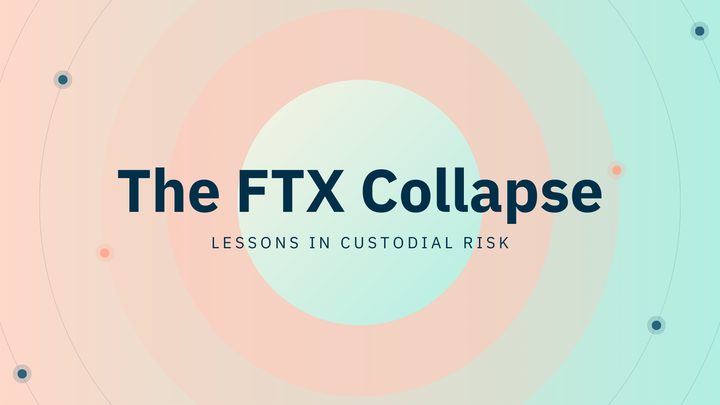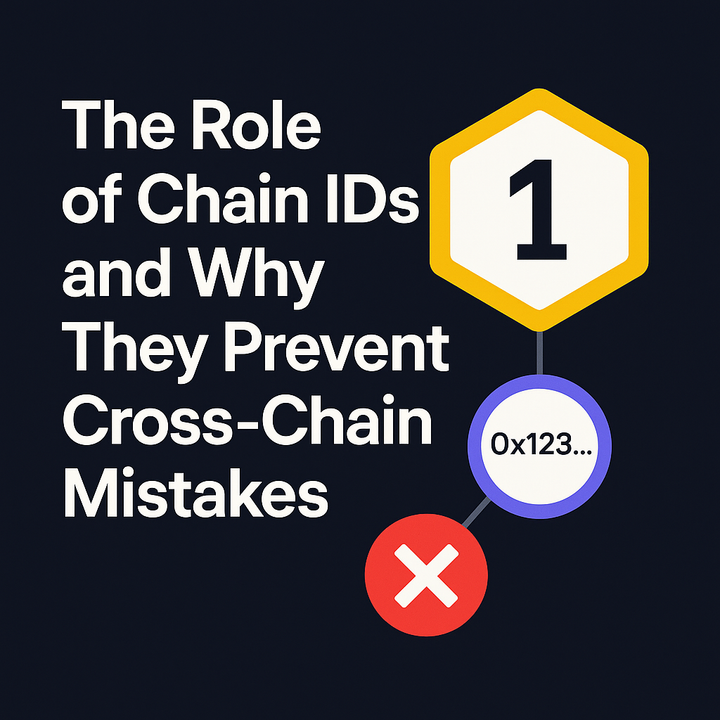Attestations vs. Audits: What Stablecoin “Proofs” Actually Prove

Introduction: Why Trust is the Lifeblood of Stablecoins
Stablecoins promise to combine the speed, programmability, and global reach of blockchain networks with the price stability of fiat currencies, most often the U.S. dollar. By pegging their value to a widely accepted reserve asset, stablecoins enable traders to hedge volatility, power decentralized finance (DeFi) protocols, facilitate cross-border remittances, and act as collateral in lending markets.
Yet their entire value proposition rests on one fundamental question: can holders and counterparties trust that each token is genuinely backed by the promised reserves?
What Are Attestations? Snapshots of Stability
An attestation is a limited-scope engagement in which an independent accounting firm issues a point-in-time statement asserting that a stablecoin issuer’s reserves are at least equal to the circulating token supply on a specified date. Unlike a full financial audit, an attestation:
- Focuses solely on reserve assets versus outstanding stablecoin liabilities.
- Follows attestation standards such as ISAE 3000 or AICPA AT-C 205.
- Excludes evaluation of internal controls, operational risks, legal contingencies, or broader balance sheet items.
- It can be performed at a higher frequency, monthly, weekly, or even daily because of its narrow scope.
Think of an attestation like a cashier’s receipt printed at noon: it proves that at that moment, enough funds existed to cover all tokens. However, it doesn’t reveal whether those reserves were borrowed minutes before, transferred away immediately after, or if other debts sit hidden off the record
What Is an Audit? A Full Financial Health Report
A financial audit is a comprehensive examination of a company’s entire financial ecosystem. It delves into balance sheets, income statements, cash flow statements, internal control frameworks, governance protocols, and compliance with relevant accounting standards. Key characteristics include:
- Annual cadence, mandated for public companies and large private entities in many jurisdictions.
- Review of liabilities, contingent obligations, related-party transactions, and governance policies.
- Detailed testing of controls over cash management, reconciliations, and risk mitigation.
- Certification by audit firms accredited under oversight bodies such as the PCAOB (U.S.) or FRC (UK/EU).
An audit is akin to a medical check-up for a company’s finances, probing symptoms, underlying conditions, and overall health rather than providing only a surface-level snapshot.
Attestations vs. Audits: What’s the Real Difference?
| Feature | Attestation | Audit |
|---|---|---|
| Scope | Only verifies reserves vs. tokens | Reviews entire financial system |
| Assurance | Moderate (limited snapshot) | High (comprehensive verification) |
| Frequency | Monthly, weekly, or as needed | Typically annual |
| Speed & Cost | Faster, cheaper | Slower, more expensive |
| What it proves | “Tokens are backed today.” | “Issuer is financially sound overall.” |
Case Studies: How Stablecoins Use Proofs
Tether (USDT)
Tether, by market capitalization the largest stablecoin, historically published attestations for a handful of randomly selected days each quarter. These snapshots were verified by a mid-tier accounting firm rather than a Big Four auditor. Without an annual PCAOB-style audit or clear insight into broader liabilities, critics question whether occasional attestations obscure temporary reserve gaps or off-balance-sheet debt.
USD Coin (USDC)
Circle’s USDC sets a high watermark for transparency by issuing monthly attestations conducted by Grant Thornton, covering the full composition of reserves: cash, short-term U.S. Treasuries, and repurchase agreements. In addition, Circle publishes annual audited financial statements with the U.S. Securities and Exchange Commission (SEC), providing a dual layer of snapshot proof and comprehensive verification.
Paxos USD (USDP) and Former BUSD
Paxos publishes monthly attestations reviewed by KPMG LLP under the supervision of the New York Department of Financial Services (NYDFS). While Paxos leverages regulatory oversight to enhance credibility, it has not made public a standalone annual audit of its entire financial statements under PCAOB standards. Instead, it combines frequent attestations with strict capital and custody requirements imposed by NYDFS.
These examples span a spectrum, from minimal attestations and no full audit (Tether), to regular attestations plus annual SEC-filed audits (USDC), to attestations reinforced by state regulatory supervision (Paxos).
Why Most Issuers Prefer Attestations
Many stablecoin issuers gravitate toward attestations because they strike a practical balance among several competing demands:
- Cost Efficiency: Full financial audits, especially those compliant with PCAOB or EU-mandated standards, can run into the hundreds of thousands of dollars annually.
- Agility: Markets crave continuous proof that collateral remains sufficient. Monthly or weekly attestations feed that need far better than a once-per-year audit.
- Regulatory Gaps: Until very recently, few jurisdictions explicitly mandated annual audits for stablecoins. Many issuers satisfied minimal legal requirements by providing attestations alone.
While attestations deliver frequent visibility into reserve levels, they do so at the expense of depth. This trade-off has driven calls for a hybrid approach that retains speed but incorporates richer oversight.
Evolving Regulation: GENIUS Act (U.S.) & MiCA (EU)
U.S. GENIUS Act (Proposed, 2025)
The Genuine Electronic National Invoicing for Ubiquitous Stability (GENIUS) Act, introduced in early 2025 but not yet enacted, proposes:
- Mandatory monthly attestations for all stablecoin issuers, regardless of size.
- Annual full financial audits for issuers with over $10 billion in circulating supply.
- Segregated reserve accounts strictly limited to cash and U.S. Treasuries.
- Enhanced anti-money laundering (AML) and counter-terrorist financing (CFT) obligations for Permitted Payment Stablecoin Issuers (PPSIs).
By distinguishing large, systemically important issuers from smaller players, the GENIUS Act seeks a proportional framework that blends frequent transparency with deeper annual verification where it matters most.
EU’s MiCA Regulation
The Markets in Crypto-Assets (MiCA) regime, fully adopted in 2024 and slated for phased implementation, introduces a pan-European approach:
- E-money tokens and asset-referenced tokens must maintain reserves at a 1:1 ratio with high-quality liquid assets.
- Issuers must publish periodic reports and submit to external attestations at intervals defined by regulators.
- Only “significant asset-referenced tokens” that surpass certain volume or network thresholds require full annual audits akin to financial institutions.
- National competent authorities oversee license applications, ongoing compliance, and enforcement actions.
MiCA emphasizes proportionality: smaller stablecoin issuers face lighter reporting duties, while systemic tokens undergo rigorous, bank-style supervision.
The Next Phase: Real-Time and On-Chain Proofs
Emerging technologies promise to marry the agility of attestations with the robustness of audits, delivering near-continuous, cryptographic transparency:
- Real-Time APIs
Custodial banks and reserve managers expose secure data feeds that update token-backing balances every few seconds. Automated reconciliation tools flag discrepancies instantly, reducing reliance on static reports. - On-Chain Oracles and Smart Contracts
Decentralized oracle networks, such as Chainlink, can relay verified reserve data directly onto public blockchains. Smart contracts programmed with over-collateralization parameters can enforce automatic mint-and-burn controls, ensuring tokens cannot exceed available collateral.
By integrating real-time data pipelines and blockchain-native verifiability, these solutions could establish a new transparency gold standard, continuous monitoring paired with enforceable, code-level safeguards.
Conclusion: Building Enduring Confidence
Stablecoins hinge on trust. Attestations provide fast, periodic snapshots of reserve coverage but leave unanswered questions about broader financial health. Audits deliver deep, holistic assurance but lack the responsiveness many market participants demand. The evolving best practice lies in a hybrid model:
- Frequent attestations for up-to-date visibility.
- Periodic comprehensive audits for systemic assurance.
- Real-time, on-chain proof mechanisms for continual, trustless verification.
Supported by the GENIUS Act’s proportional regime in the U.S. and MiCA’s tiered framework in the EU, a layered approach to proofs can reconcile speed, cost, and rigor. As the industry adopts real-time APIs and oracle-based collateral checks, stablecoins will mature from snapshots to streaming assurances, forging the uninterrupted transparency necessary for mainstream stability and trust.
References
- https://tether.io/news/tether-hits-13-billion-profits-for-2024-and-all-time-highs-in-u-s-treasury-holdings-usdt-circulation-and-reserve-buffer-in-q4-2024-attestation/
- https://www.circle.com/blog/new-levels-of-detail-in-the-monthly-usdc-attestation
- https://www.paulhastings.com/insights/crypto-policy-tracker/the-genius-act-a-comprehensive-guide-to-us-stablecoin-regulation
- https://eur-lex.europa.eu/EN/legal-content/summary/european-crypto-assets-regulation-mica.html
- https://chain.link/proof-of-reserve
MITOSIS official links:
GLOSSARY
Mitosis University
WEBSITE
X (Formerly Twitter)
DISCORD
DOCS



Comments ()